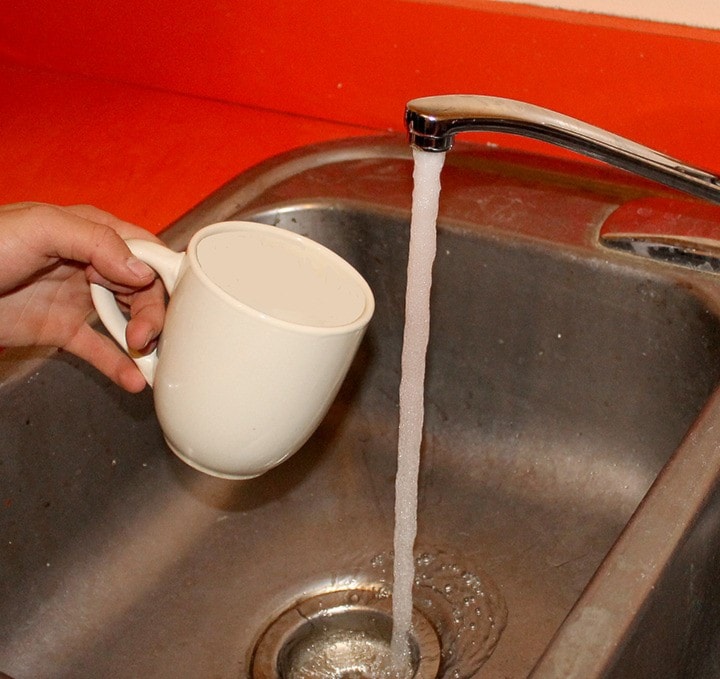According to the Village of Burns Lake, the discolouration of water sometimes seen in Burns Lake is one of the most frequent complaints that village staff and council receive.
The discolouration in the village water is attributable to the presence of manganese, a naturally occurring element in water sources in many parts of Canada.
But is manganese dangerous to people's health?
According to village staff, manganese has no known adverse health effects.
"All village water is frequently tested to ensure that the levels of all chemicals are within Northern Health prescribed limits," says a staff report recently presented to council.
Although manganese is normally invisible in water, when chlorine is added, the metal is oxidized and the water turns into a dark rusty colour. In high concentration, this can cause permanent stains on lighter coloured fabrics and dishes.
Village staff says the concentration of manganese in village water is normally "relatively low." However, over time the oxidized material builds up on the walls of the municipal water pipes.
When a higher than average flow comes through the pipes, the manganese is washed from the pipes and is pushed into residents' faucets, sometimes causing severe discolouration in the water. This occurs during the semi-annual flushing of the village pipes or when valves are closed to repair water leaks.
Currently, when staff receives a complaint, the party is advised to run their taps for 20 minutes, thereby flushing the lines and reducing the sediment build-up.
What can be done to fix it?
According to village staff, one of the solutions to address the discolouration of village water would be to install a source filtration system.
The estimated cost would be anywhere from $2 million to $4 million. At an approximate cost of $3 million, village staff says the added expense to village utility bills would be "unsustainable."
"Even with a lengthy amortization on a village loan, the increase to municipal water bills would be upwards of $210 for 15 years to cover the cost of the loan," says village staff.
Grant funding could be sought for a filtration system; however, in the coming years most grant procurement efforts by the village will focus on replacing underground water assets and fixing roads.
Village staff says a much more cost-effective option would be to suggest to concerned residents that they install a filter in their homes. These filters cost between $200 and $400 plus installation.
"Occasional discolouration may occur [even with the filters], but it would be substantially diminished with regular filter changes," says village staff.
In addition, staff says home filters have the added benefit of only creating an expense for those home owners who feel strongly about the discolouration, while those residents who are not concerned can avoid additional costs.
"If the village were to install a filter at the source, this would represent an expense for everyone who receives the service."
Given that there is no immediately viable option to install a source filter, village staff recommended council to start a public information initiative to bring residents up to speed on manganese contamination and what their options are.
